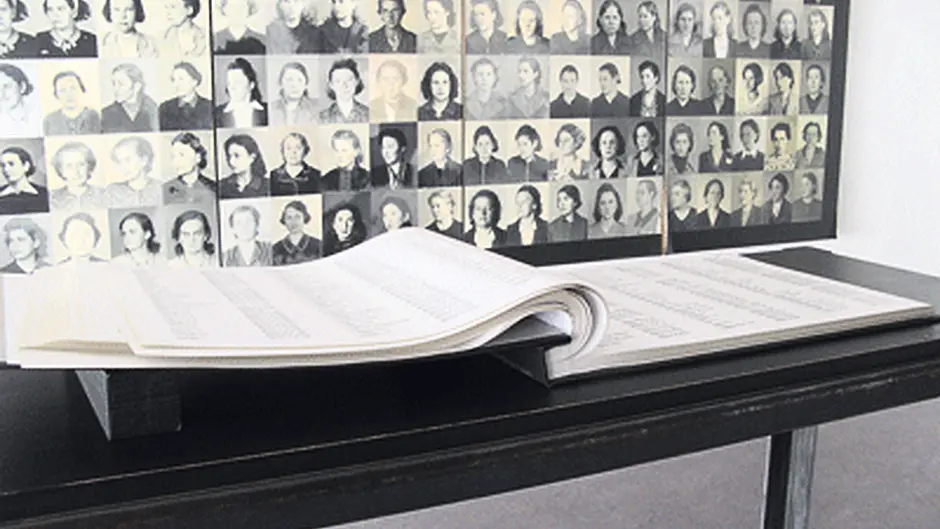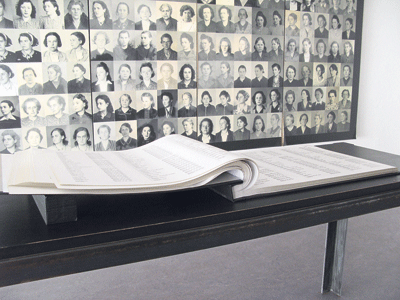Only one question remains about the extraordinary heroism of West Cork woman Kate McCarthy - why hasn't Hollywood made a movie about her life?
ONLY one question remains about the extraordinary heroism of West Cork woman Kate McCarthy – why hasn’t Hollywood made a movie about her life?
A nun who nursed Allied soldiers in WWI, McCarthy worked in the French Resistance during World War Two, was captured by the Gestapo, incarcerated in the notorious Ravensbruck Concentration camp, and later honoured by both the French and British governments.
Born Kate McCarthy in December 1895 in Drominidy, Drimoleague, she was still in her teens when she joined the order of the Franciscans in 1913, where she received the name Sister Marie-Laurence.
McCarthy worked as a religious nurse in WWI, caring for Allied soldiers in a hospital in Bethune, France.
However, when World War Two broke out, nursing was no longer enough – although the nun returned to her nursing post in Bethune during the Battle of France, she also joined the intelligence and escape network of the Musée de l’Homme, a significant organisation within the French Resistance movement.
During this time she helped more than 120 Allied solders to escape Occupied France.
However, after a courier from Béthune was caught by the Gestapo in Paris and informed on her under torture, McCarthy was arrested in June 1941.
She spent a year in solitary confinement before being sentenced to death in 1942 with a Frenchman and fellow resister, called Robert Hennton.
Hennton was shot, but McCarthy escaped execution. However, after sojourns in jails at Dusseldorf Lubeck and Hamburg – during which her body weight dropped from 70 kg to 26kg – she was sent to the Ravensbruck Concentration Camp. Ravensbruck was the only major Nazi concentration camp for women and Sr McCarthy was sent there for refusing to make gas masks.
There, she witnessed women being beaten to death and recalled how she and others were forced to stand in silence for hours in rain and snow as fellow prisoners collapsed around them from exhaustion and hunger.
She was forced to do hard labour for 12 hours at a time – her only food a ladle of turnip.
‘Dogs were unleashed on the prisoners if they were not working hard enough.’
Prisoners were also severely beaten – a fate Sr Kate also suffered.
‘Sr Kate fell ill due to the hard labour and her weight dropped to 27kg – she was merely a skeleton,’ recalls her grand-nephew Tomas Hayes, who along with several other family members and the late Anne O’Suillivan of Drimoleague, has carried out extensive research into her extraordinary life.
Once again the Drimoleague woman was sentenced to death – she and the other prisoners were inspected every morning by the ‘huntsman,’ whose job was to ‘weed out’ the sickliest of the women forced to march past him.
‘Those who were condemned were women who looked tired and ill.
‘They were sent to the crematorium,’ explains Hayes, adding that although Sr Kate was picked out four times, she managed to escape every time.
In April 1945 the camp was liberated by the Swedish Red Cross and a few months later McCarthy arrived in London, where she met her brother Dan for the first time since 1936.
After returning to France in 1946, she was personally decorated for her bravery by General de Gaulle and also by Winston Churchill.
McCarthy was awarded the ‘Black Cat’ emblem of the Maquis.
Sr Kate returned to Ireland after the war where she remained until she passed away in 1971. She lived in the Honan Home Convent in Cork where she was appointed Mother Superior.
Following her death on June 21, 1971, she was buried in St Finbarr’s Cemetery.
On October 6th 2014, her name was included amongst those Irish people who had worked for the French Resistance and were remembered on a special plaque unveiled at the Irish College in Paris.










